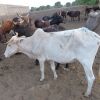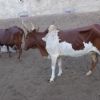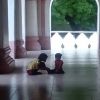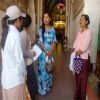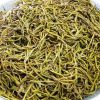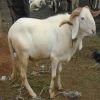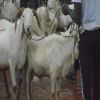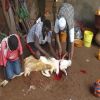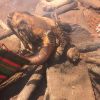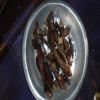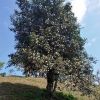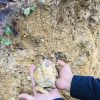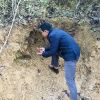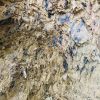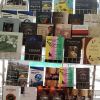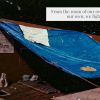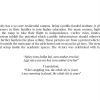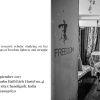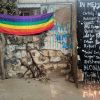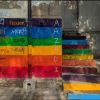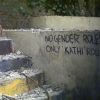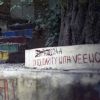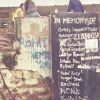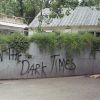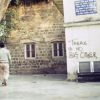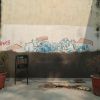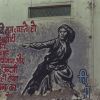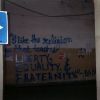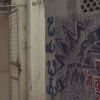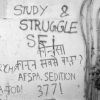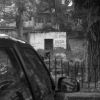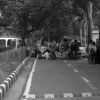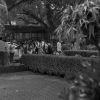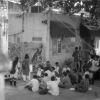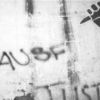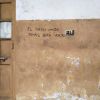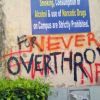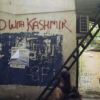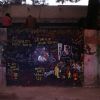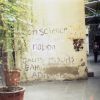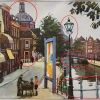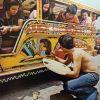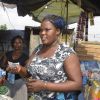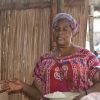The search found 139 results in 0.019 seconds.
Search results
In Gao and vicinity, it is common to hear announcements of lost cattle on local radio. To be useful, the message must contain fairly precise descriptions. For example, let’s take a red cow – in Songhay, haw (cow), ciray (red). To be sure, the phrase haw ciray is correct, as it literally means “red cow”. Then, why does such a description amuse some villagers just a few kilometres away from town?
The terminology for cowhide patterns remedies this imprecision. One can say that it is a photographic – chromatic thumbnail – index to the expanded spectrum of combinations. The best way to gauge its efficiency is to compare standard patterns. Our main informant, an experienced herdsman, estimates that he can recognize up to 120 patterns, but the full count may come close to 150. For the most part, these names are originally borrowed from Fulfulde, the language of the traditionally herding Fulbe (Fula).
Kyauktawgyi Pagoda is located in Taungthaman Village tract: which includes Semi Tun Village, Taungthaman Village, Oh Bo Village, Htantaw Village. Kyauktawgyi Pagoda is surrounded by these villages, and children from nearby villages come and play at the pagoda.
Tea leaf is a Myanmar language called Laphet. Laphet is the meaning of tea plant, pickled tea leaves, pickled tea leaves mixed with other ingredients and served up as a delicacy (Myanmar Encyclopedia, Vol.IV, 1981).
The techniques of weaving industry including luntaya acheik could be woven the locals proficiency. It was the most flourishing period in Konbaung dynasty (1752-1885). In later times, the people had less interested in wearing acheik garment due to the political and economic difficulties.
The feast of Aîd El Kébir or tabaski is a Muslim feast. It involves prayers and the slaughter of animals (preferably sheep). This year, it coincided with the Covid 19 pandemic and its consequences. This explained the soaring prices of sheep in the market. The animals were exposed in the parks and on the streets to customers. The prices varied between sixty thousand (60,000 F cfa) to four hundred thousand (400,000 F cfa and up). Because of the high price of sheep, within twenty-four hours (24 hours) of the event, some Muslims could not have the sheep of their choice.
The first activity on the feast day tabaski is group prayer in the public squares. Otherwise it will led in the mosques by the Imams who will be the first to slaughter their animals. After the immolation of the Imams from each zone, the rest of the community starts to slaughter their animal. Following the mechanical skinning of the animals, the meat is distributed at three levels: firstly, the share of the disadvantaged first, then the next of kin and the third part is for the family. This meat is consumed in different dishes, at least within the families.
Tea cultivation is one of the main rural livelihoods seen in Kyaukme Township, Northern Shan State. It can be seen in the many hills around the area. In Kyaukme Township, tea plants have been cultivated naturally for many years. Botanically speaking, tea belongs to the genus Camellia, species Thea and family Theaceae. Tea is a perennial crop. Most tea plants are not allowed to grow more than 3 feet high. This is because tea cultivators prefer to keep the plant low as it is difficult to pick tea leaves when the tree is tall.
I arrived at place that has a mountain with the edible earth. I found that the wonderful mountain earth is eaten by PaOh ethnic elders especially for women and pregnant women. They often eat the edible earth in two ways; first is fresh earth and second is baking the earth. Usually they put the edible earth in the traditional oven to have a good smell and better taste. They believe that it is good for their health and it helps for pregnant women to get their energy. Nowadays most of young generations don't know about the edible earth.
The luntaya acheik garments have been wearing wemen as well as men since the monarchy times. Concerning with the acheik garment for men, Ms. Sandy Moe who is a MA second year student of Department of Anthropology at University of Mandalay said:
Naga identity has been, in a major way, shaped by orality and Naga history. Its culture and literature have been handed down via the spoken word over generations and is still revered as a custodian of its customs, beliefs and way of life. In the present times however, with orality fast disappearing, there is an urgent need to preserve those narratives in print so that the younger generations too have access to their roots, and that tradition can meet modernity in some manner.
Panjab University has a 550 acre residential campus. Being a public funded institute, it gives a chance to many first learners in their families to join higher education. For many women, higher educational institutes are the ramp to take their flight to independence. Curfew rules, limited housing and institutional sexism inhibit the potential which a public infrastructure should otherwise nourish and produce. This further hardens the glass ceiling. These pictures are from a protest which started on 29th of october 2018 outside the main gate of the girls hostel and went on for 48 days.
From the Aazadi (Freedom) wall that is a giant pride flag emblazoned with the word freedom in ten of the many, many languages spoken by the people of India, to the Memorial Wall to commemorate and mourn some of the many lives lost to transphobic violence in our country - the queer community turned to the walls of AUD to turn collective joys and sorrows, love as well as violence, into art. October 2019 marked the arrival of AUD's campaign of censorship to these walls that long held the voices of dissenting, marginalized students.
I initiated this project as an attempt to document what I saw as a thriving culture of dissent and student politics through the graffitied walls of the campus.
Far from sustaining a space for engaged, critical scholarship in service of social justice, the university administration has a history of casteism and has left no stone unturned in fostering Brahminical and Hindu-Supremacist ideals in the university. From scuttling affirmative action policies for SC/ST students to coercing sanitation workers to engage in manual scavenging (a caste atrocity and grave human rights violation) to suppressing any criticism of the Indian State, AUD has been an insult to the memory and vision of Babasaheb Ambedkar.
I initiated this project as an attempt to document what I saw as a thriving culture of dissent and student politics through the graffitied walls of the campus.
Ambedkar University is no longer the fairly progressive university space that stood out amongst its counterparts across the country it used to be -- as a space for critical thought and oriented towards social justice. This was because its community - working class, dalit, adivasi, bahujan, queer, disabled, women students, faculty and staff, had fought hard to make it so. As a university that charges an exorbitant fee for a public institution and barely has anti-discrimination policies for marginalized communities, for AUD to lay claim on Ambedkar's radical legacy was already a stretch.
Having visited an antique convention in the Hague a few months ago, I found this postcard being sold that was labeled as being from Leiden. Supposedly a postcard of the city painted in 1934 by artist Bernard van Vlijmen (1895-1972) as indicated on the bottom left corner initials of B.V.Vlijmen, the watercolor art is drawn from the perspective of someone overlooking the cityscape, half of the painting being the city streets and its buildings with people walking by, and the other half being a canal, with everything being interconnected by bridges and walkways.
The first photograph was one taken by Italian actress and photojournalist Gina Lollobrigida in 1975 Cubao, a district within Quezon City, one of the most populated cities in the Philippines. The photograph captures 6 onlookers (including the driver) watch as an artist paints onto the driver’s jeepney a man blowing wind into the mountains while the sun rises. The other photograph, of jeepney artist Vic Capuno in 2018, shows him painting a monster truck onto the side of a jeepney in his San Pedro workshop.
The traders here accept all the three West African Currencies for transactions (CFA, Niara, Ghana Cedis). Irrespective of whichever currency a buyer offers, the shopkeepers are able to convert and give change when required. It is interesting how they (shopkeepers) are not limited in anyway among themselves despite the physical border restrictions.
Pages

